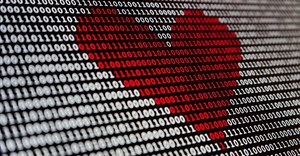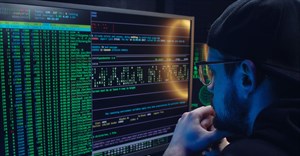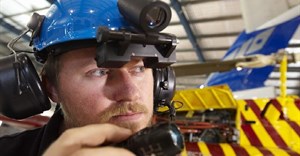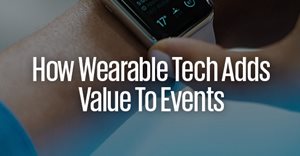You just have to look at the tremendous effort Discovery is making to promote wearable tech among its members to know that data is becoming the lifeblood of the healthcare industry.
In this case, the medical aid is offering rewards to members who measure their exercise and fitness levels as a ploy to reduce the risk profile of their clients.
Remote diagnosis
And it is getting beyond the stage of wearing devices to count steps and monitoring heart rate so that the medical aid doesn’t have to fork out millions for medical conditions that can be prevented. Soon it’ll be standard practice for doctors and other healthcare professionals to diagnose and monitor patients using wearables or other technology.
“As a result of the growth of wearable technology and the internet of things (IoT), the reliable availability of data has become more important than ever,”
“Wearable technology that provides live feedback on the wearer’s health helps alert medical staff and users to potential health risks before they become serious. Home scanners allow self-diagnosis, helping avoid a visit to the hospital for less serious ailments which means hospitals have a more accurate picture if a patient does require treatment,” says Gregg Petersen, regional director for MEA and the South Asian Association for Regional Co-operation at Veeam..
Creating a pool of knowledge
Additionally, the diagnostic process is helped by the ability to access the pool of the world's health knowledge and provide that to users via internet-connected devices and the cloud. It is now common to look online for symptoms and perform an initial diagnosis without engaging a healthcare professional.
“Mobility is increasingly playing a role in healthcare. The IoT, with the likes of home scanners, healthcare apps, and dietary trackers all linked to smart devices, produces a tidal wave of data for healthcare organisations,” he says.

















